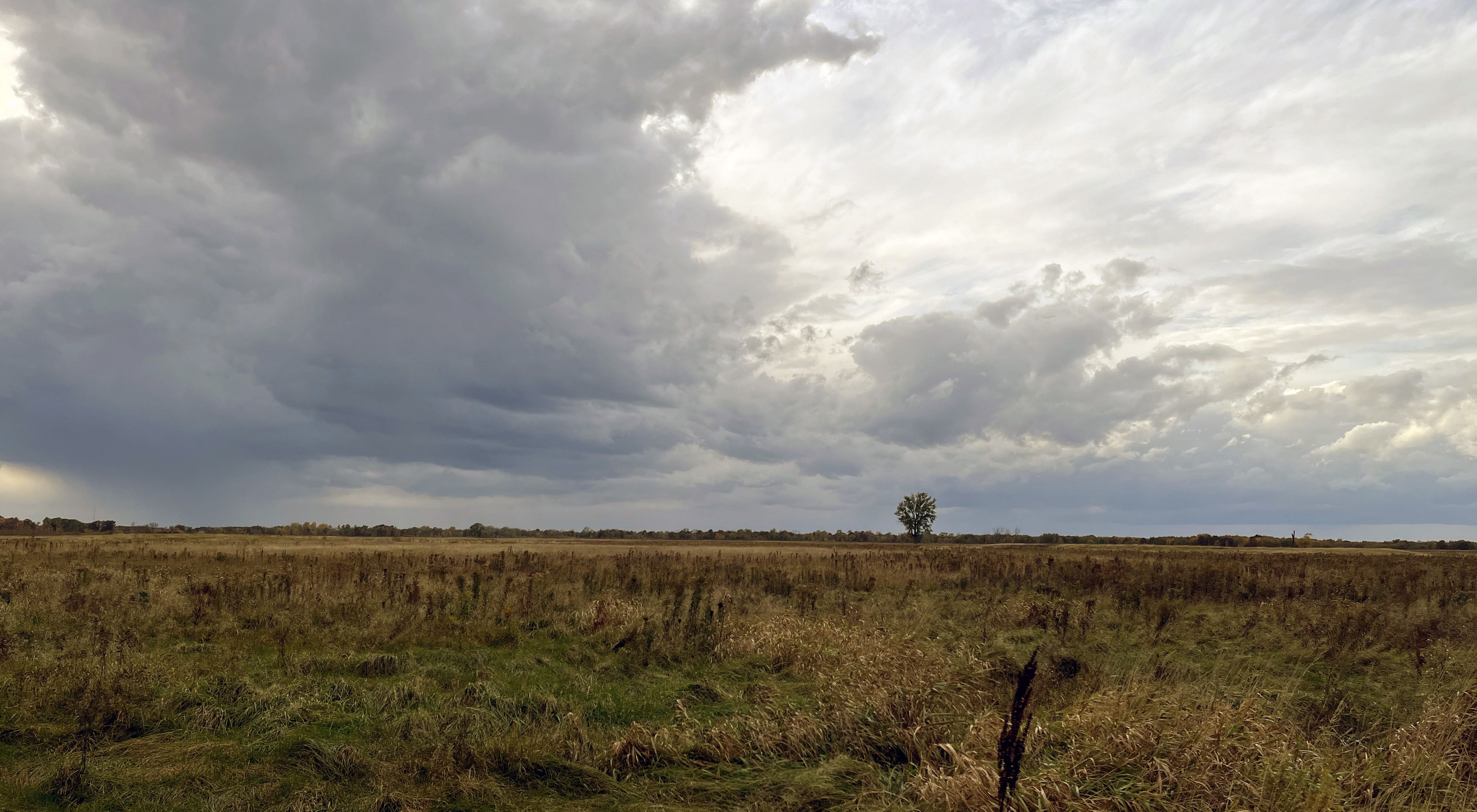Good News for Prairie Chickens Is Good News for Central Wisconsin!
It’s a great day for prairie chickens in Wisconsin! And good news for prairie chickens is good news for all of us.
Written by Hannah Butkiewicz
Media Contacts
-
Emily Mills
Media & PR Manager
The Nature Conservancy in Wisconsin
Phone: 608-225-0903
Email: emily.mills@tnc.org

We’re thrilled to share that the Wisconsin Department of Natural Resources (WDNR), The Nature Conservancy, the Dane County Conservation League and the U.S. Fish & Wildlife Service just protected and added 520 acres to the Leola Marsh State Wildlife Area in Adams County. The recently protected land is home to an array of native plants and animals including the prairie chicken and even contains a longstanding prairie chicken lek—an important site for the state-threatened birds to perform their spectacular mating rituals.
Once plentiful across the state, only isolated prairie chicken populations remain in Central Wisconsin due to habitat loss and fragmentation. Fortunately, the acquisition at Leola Marsh coupled with the WDNR’s newly adopted Greater Prairie Chicken Management Plan means WDNR and partners will now be able to better support the long-term management of this iconic species. The new management plan was developed with input from a stakeholder advisory council and the public and calls for an increased investment in habitat management and land protection as well as a revitalized private land initiative.
The recent acquisition is important because it not only protects but connects two previously separate, WDNR-owned tracts of land at the wildlife area. Habitat connectivity on the landscape is important to ensure that species can move freely across them. While protecting and managing land directly benefits prairie chickens, it is important to recognize that benefits extend into the local and regional communities via increased plant and animal diversity, and even improved soil health and water quality.
Assisting with the land acquisition at Leola Marsh Wildlife Area, along with the recent purchase of more than 3,200 acres in Adams County, is all part of The Nature Conservancy’s efforts to prioritize engagement within the Central Sands. The Central Sands is not only a diverse landscape that is home to species not found widely elsewhere, like the Karner blue butterfly and Kirtland’s warbler, but it is also predicted to be a vital refuge as the climate changes. Through partnerships like these, we find creative solutions to the complex challenges facing our world. Together we can protect the land and water upon which all life depends. From prairie chickens to people—we’re all in this together.
To learn more about prairie chickens, consider visiting Leola Marsh and the Buena Vista or Paul J. Olson Wildlife Areas. You can also reach out to Lesa Kardash (lesa.kardash@wisconsin.gov), the WDNR prairie chicken specialist, or visit this WDNR Great Prairie Chicken Management website.
The Nature Conservancy is a global conservation organization dedicated to conserving the lands and waters on which all life depends. Guided by science, we create innovative, on-the-ground solutions to our world’s toughest challenges so that nature and people can thrive together. We are tackling climate change, conserving lands, waters and oceans at an unprecedented scale, providing food and water sustainably and helping make cities more sustainable. The Nature Conservancy is working to make a lasting difference around the world in 77 countries and territories (41 by direct conservation impact and 36 through partners) through a collaborative approach that engages local communities, governments, the private sector, and other partners. To learn more, visit nature.org or follow @nature_press on X.
